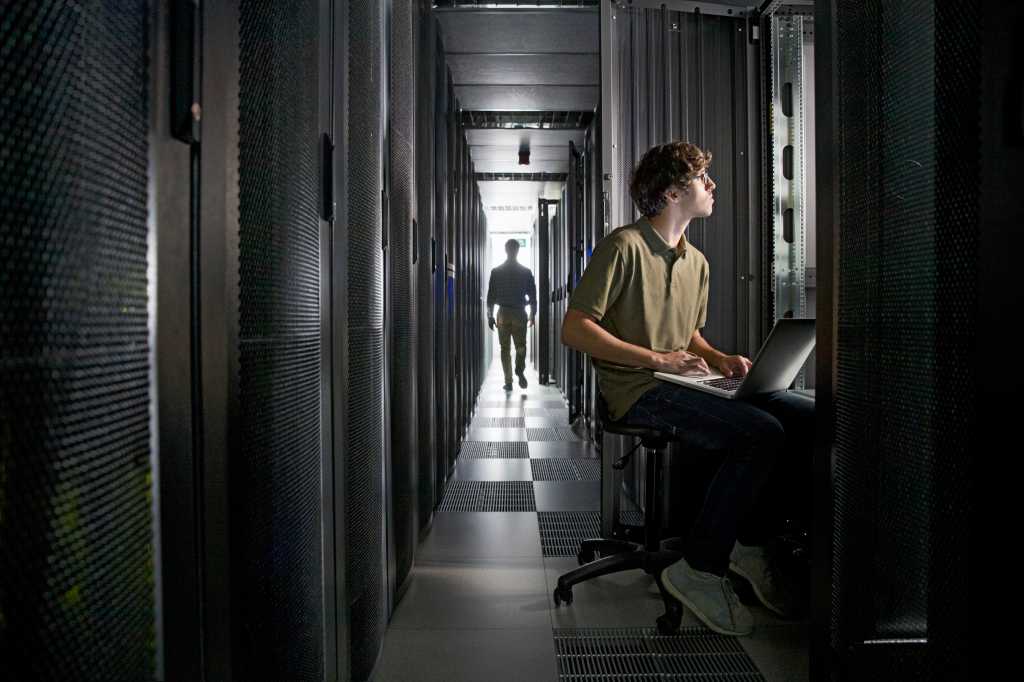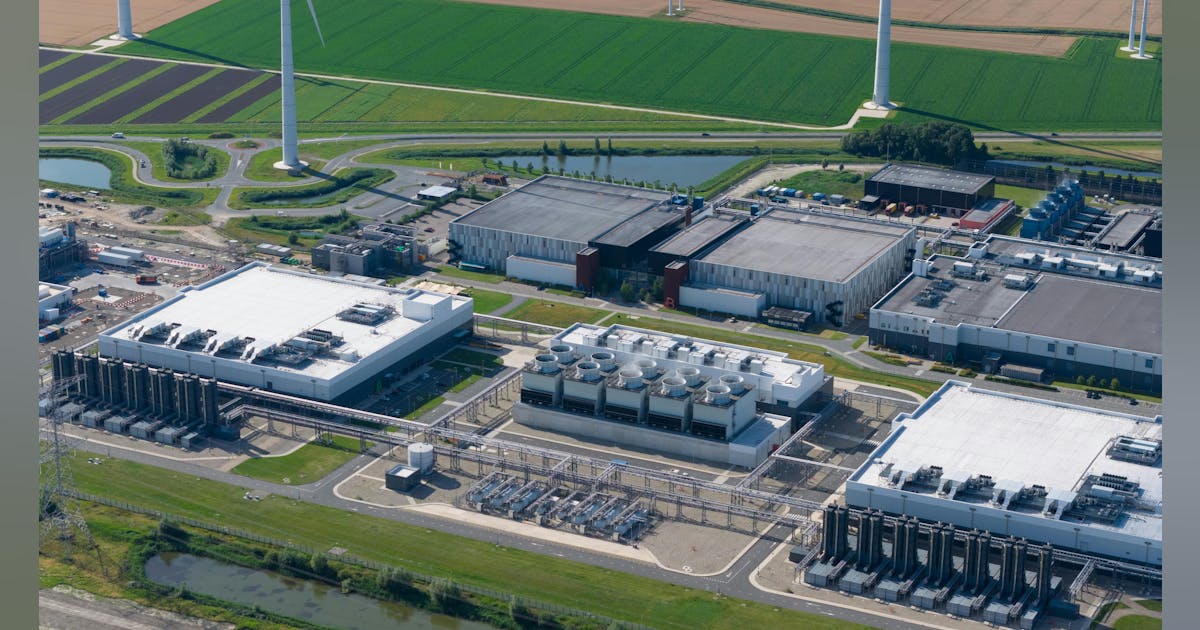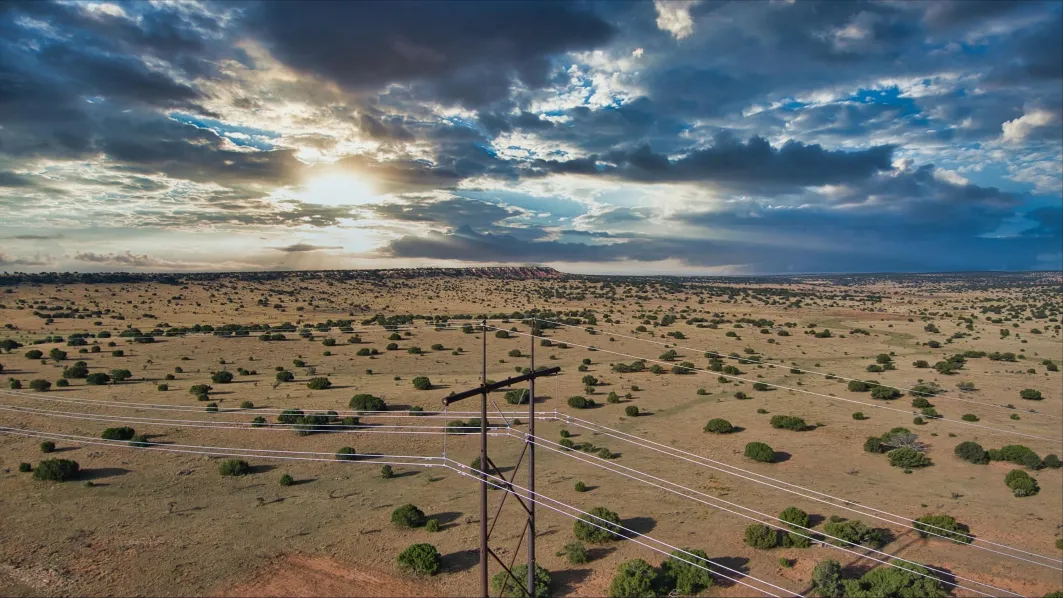NEO Energy has released five tenders seeking contractors to help decommission its Donan, Balloch and Lochranza fields, along with the Global Producer III floating production offloading and storage (FPSO) vessel.
According to data from the North Sea Transition Authority’s (NSTA’s) Pathfinder database, the decommissioning campaign is expected to start in the second quarter of 2026 at the earliest, when work to disconnect the subsea infrastructure is expected to commence.
This will also see the FPSO unmoored and towed to an unspecified location.
By 2027, NEO plans to begin recovering the subsea infrastructure, followed by plugging and abandoning a total of 19 wells in 2028.-
To help with this, NEO Energy is looking for a contractor to perform P&A activities on the wells. The tender is expected to take place on 31 December 2025 and has a value of over £25 million
The company also announced four additional tenders, each with a value of less than £25m, covering recycling the FPSO, flushing, isolating and disconnecting the subsea infrastructure from the FPSO, disconnecting the moorings and towing the FPSO, and bulk seabed clearance.
NEO Energy recently announced plans to merge its North Sea operations with Repsol Resources UK’s.
The deal will see Repsol retain $1.8 billion (£1.4bn) in decommissioning liabilities related to its legacy assets, which NEO said will enhance the cash flows of the merged business.
NEO said it expects to complete the deal during the third quarter of 2025, subject to regulatory approvals.
 © Supplied by System
© Supplied by SystemCNRL
Canadian Natural Resources Ltd (CNRL) has issued two tenders to assist with decommissioning its Ninian field in the Northern North Sea, located east of Shetland.
The decommissioning scope consists of three areas, covering the Ninian South Platform, Ninian Central Platform and the Ninian subsea infrastructure, which includes the Strathspey, Lyell, Columba E subsea tie-backs.
While the project schedule is not fully defined, completion of the Ninian South well plug and abandonment work is anticipated to be sometime in the fourth quarter of 2026, and Ninian Central in the first quarter of 2029.
The two tenders have a value of over £25m, and cover subsea well abandonment services, due for release on 1 July 2025, and for subsea infrastructure decommissioning, removal & disposal, due for release on 1 October 2025.
CNRL started tenders to decommission Ninian a year ago, looking for contractors to cover topsides and jacket removal.
 © Supplied by Scottish Power
© Supplied by Scottish PowerInch Cape
The developers of the 1.1GW Inch Cape offshore wind farm issued two tenders last month as the project looks to start construction this year.
Both contracts are sub-£25m and cover hiring subject matter experts.
The first covered a specialist to help with explosive ordnance disposal, including reviewing documentation and consulting on improvements to reduce risk.
They would also provide advice to the principal contractor and monitor the EOD contractor to ensure compliance with risk mitigation plans and procedures.
The second contract covers hiring a temporary works coordinator to assist the principal contractor in keeping temporary works compliant with health and safety standards.
The deal also covers designs and procedures for the works, which could include scaffolding and cable pull in quadrants. The service start date was set for mid-2025.
The £3.5 billion Inch Cape offshore wind is being developed by Irish energy firm ESB and Chinese-owned Red Rock Renewables, based in Edinburgh.
The project will install up to 72 wind turbines and a single offshore substation off the coast of Angus, with the export cable making landfall near the Cockenzie Power Plant.
Offshore construction is due to begin in the second quarter of this year with the start of installation of the export cables and followed by the installation of the offshore platform. First power is expected in late-2026 and with a commercial operation date in 2027.






















